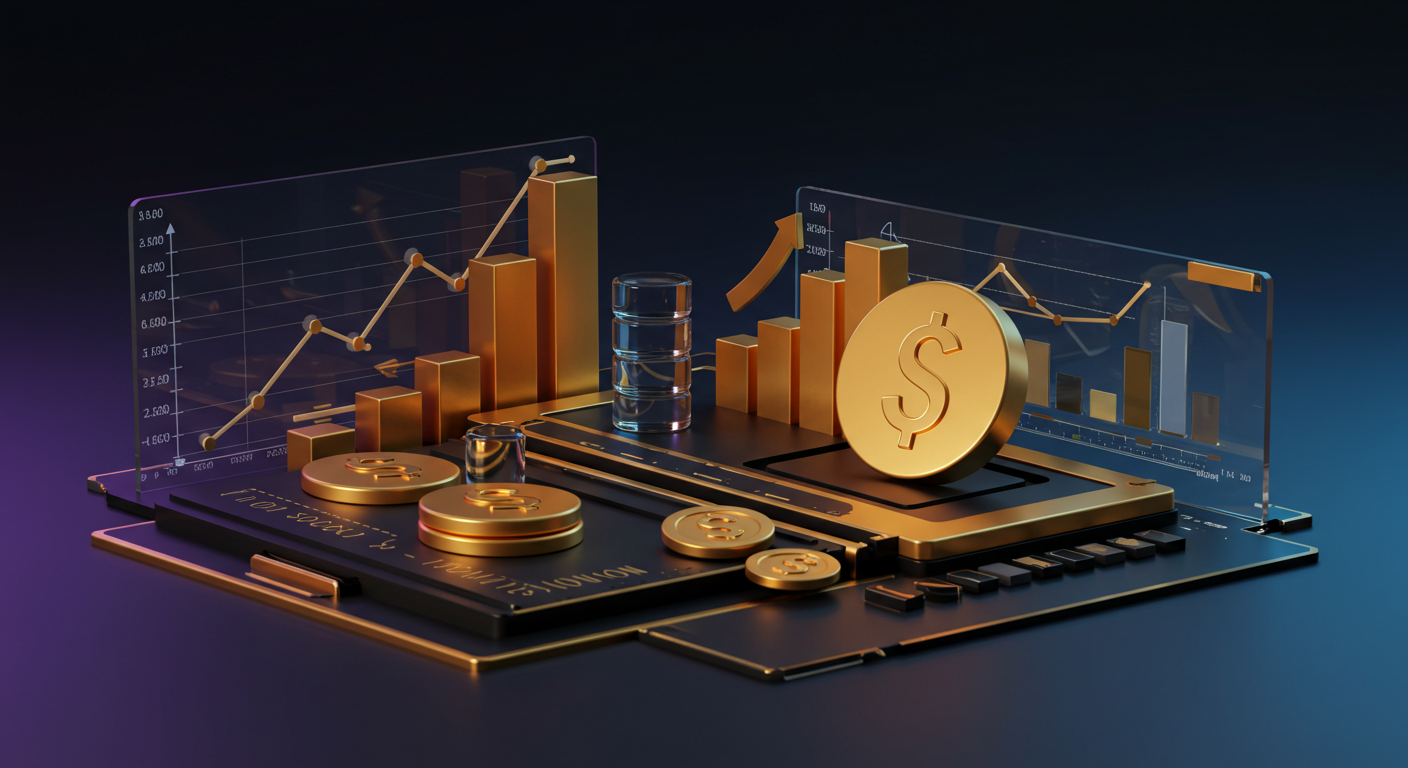
Gold Prices In Pakistan
Gold prices in Pakistan are determined by international rates and adapted to the local currency and units. Prices are updated daily but may show slight variations from local rates.
Gold has historically served as a store of value and a medium of exchange. It is viewed as a safe asset and is used as a hedge against inflation and currency devaluation.
Central banks are the largest Gold holders, purchasing 1,136 tonnes in 2022, worth approximately $70 billion. Banks in countries like China, India, and Turkey have been increasing their reserves.
Gold As A Hedge
Gold’s price is inversely correlated with the US Dollar and tends to rise when the Dollar depreciates. Geopolitical uncertainties and interest rates also impact Gold prices, with lower rates often increasing its value.
The movement in Gold prices observed recently can be attributed to shifts in both international market sentiment and regional currency fluctuations. A decline from PKR 30,302.15 to PKR 30,203.83 per gram over the weekend underscores a modest downward move, though not abrupt enough to suggest any major sell-off. The reduction in the tola price follows the same pattern. It hints at persistent but restrained adjustments, reflecting a market that’s reacting, but not overreacting.
It’s essential to remember that these figures are converted from international benchmarks, chiefly the US Dollar-denominated spot price, into local Pakistani figures. Hence, monetary policy decisions in the United States, for example, can filter through very quickly into South Asian pricing models. That includes changes in the strength of the Dollar, Treasury yields, and shifts in inflation expectations.
We’ve seen from central bank activity—1,136 tonnes of Gold acquired in a single year—that institutional players remain deeply committed. That number, put in dollar terms at around $70 billion, gives some perspective to the scale involved. The appetite from Asia remains especially notable. China, India, and Turkey have all increased their official holdings, which adds to tighter supply conditions, particularly when investor demand simultaneously picks up.
Historically, Gold works as a hedge. When fiat currencies weaken—whether from inflation, policy deterioration, or geopolitical instability—we often observe capital moving into Gold. The inverse relationship with the Dollar still holds. When the greenback comes under pressure, Gold often benefits, adding another layer of macro exposure to what might seem initially like just a commodity play.
For those of us monitoring derivatives linked to metals, this kind of environment demands a sharper awareness of external triggers. The Federal Reserve’s stance, fluctuations in Treasury yields, inflation data releases, or even surprises from overseas central banks can all feed into the pricing of Gold futures and options.
Watch for short-term contracts starting to widen their implied volatility if inflation readouts fall short of expectations or if geopolitical conditions disrupt the calm. A bullish lean might begin to form again, especially if the Dollar resumes its retreat or US rate expectations shift from hawkish to neutral or dovish.
But we also can’t ignore real rates. As they climb, the opportunity cost of holding non-yielding assets like Gold increases. That’s usually a brake on further upside. Nonetheless, the long-term structural demand from both institutions and individuals seeking safety means that any drop, particularly one gradual and steady like now, may offer a moment of reset rather than the early signs of a breakdown.
Those of us in speculative products or options should, in the coming weeks, account for coexistence of broader macro resistance with underlying demand. Calendar spreads may begin showing daylight. The forward curve might flatten or even invert slightly, depending on how bond markets interpret the next round of inflation and labour figures.
What’s key is to avoid reacting purely to surface-level price moves. A rise or drop in the spot rate won’t often tell the full story. Instead, structure short-term trades that are reactive to help capture swing movements, and longer-term positions that continue to draw on Gold’s function within diversified strategies—especially when central banks continue to be active buyers, and the Dollar remains vulnerable to macro shifts.
Expect physical market premiums in countries like India and Turkey to stay moderately firm—buying pressure has remained persistent through dips. Futures pricing may not fully reflect the raw demand visible in those regions. This misalignment sometimes provides opportunity, particularly if short sellers become too aggressive.
Stay prepared with hedges. Localised pricing can deviate slightly from global benchmarks due to import duties, currency volatility, or duration of contracts, leading to short gaps that, while narrow, can be profitably captured. This is especially relevant for traders operating cross-regionally or servicing geographically specific clientele.
In the macro picture, there’s little evidence yet that monetary tightening has fully subdued longer-term support for precious metals. With inflation still running above target in several economies, and policymakers themselves sending mixed signals, we may expect Gold to continue reacting in defined yet sometimes delayed ways.
We’ll need to keep our exposure nimble, balancing positions across timelines, and deciding whether to lean into or fade momentum spikes caused by unexpected data releases or central bank comments pressing on real yields or fiscal forecasts.







